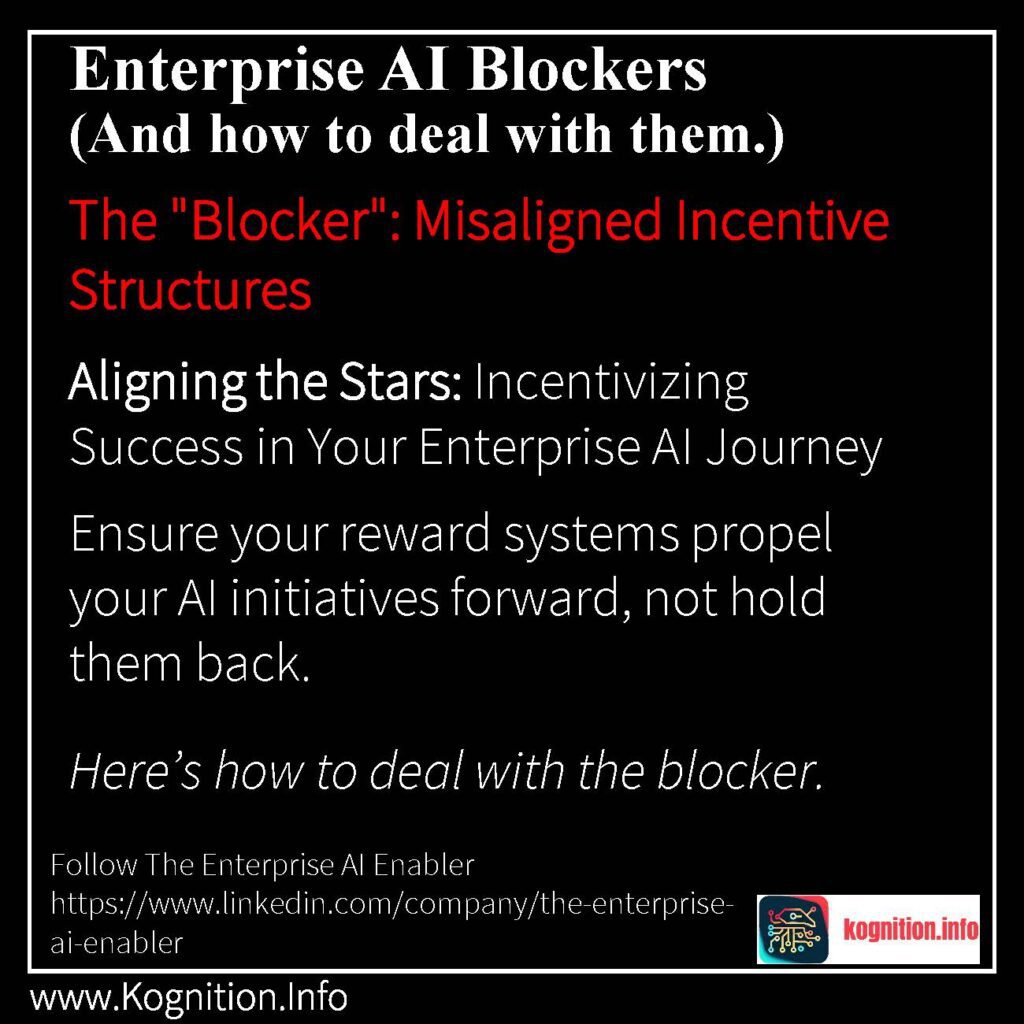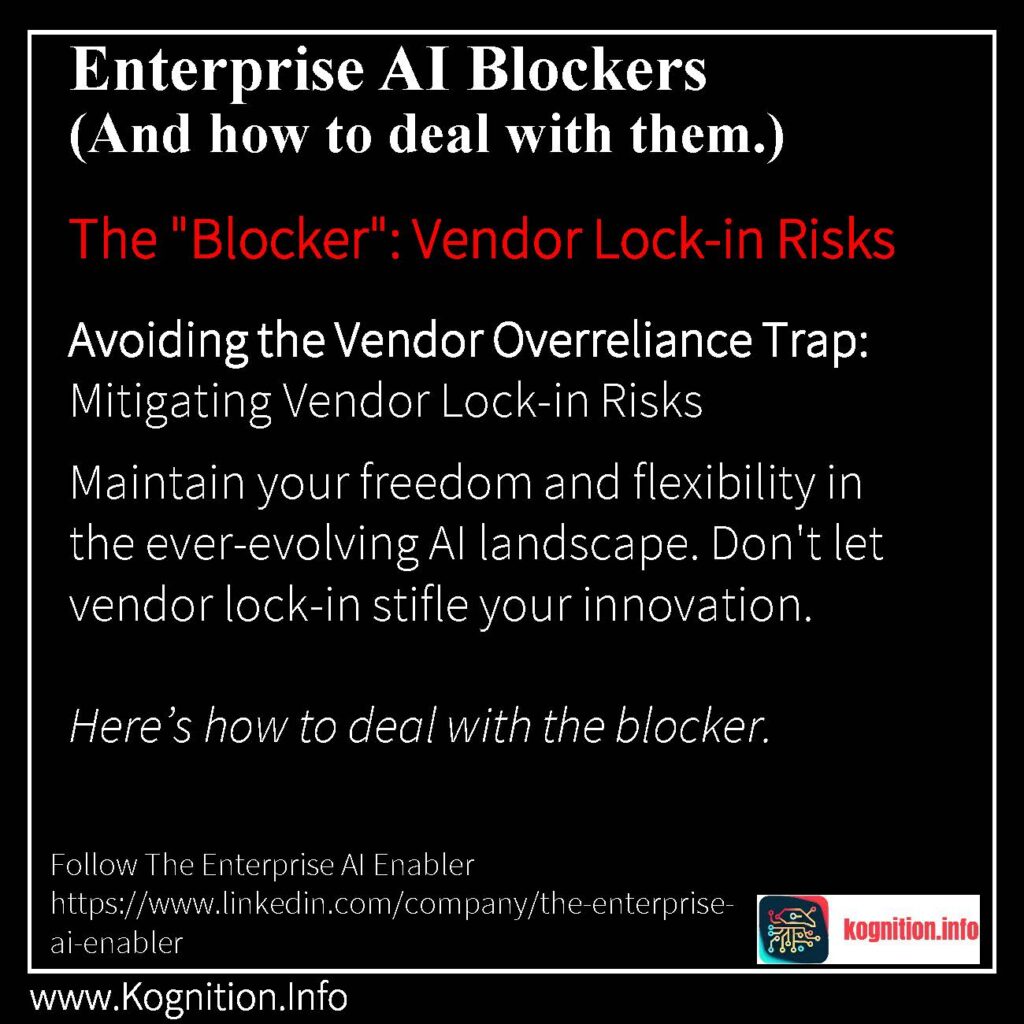Enterprise AI Blockers Enterprise AI Blockers and how to overcome challenges and hurdles. The journey toward harnessing the transformative power of Enterprise AI is fraught with challenges, especially in large organizations where complexity often outpaces adaptability. While AI offers unprecedented opportunities for innovation, efficiency, and strategic decision-making, its effective deployment is often stymied by a…



